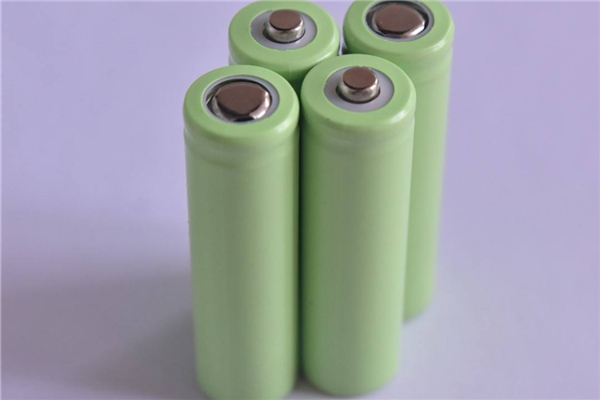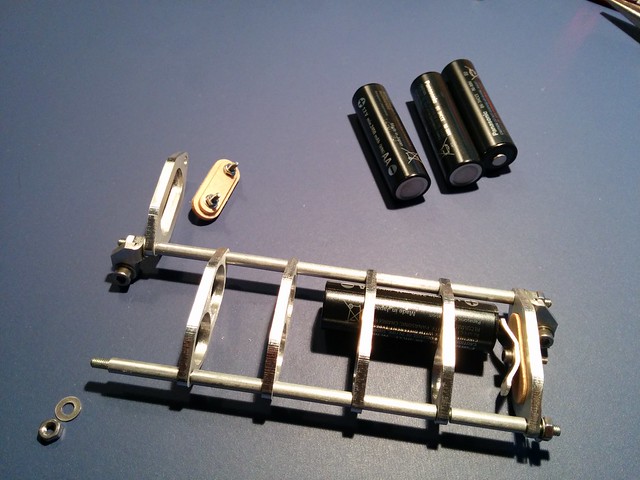Where do you dispose of lithium batteries?
Nov 18, 2019 Pageview:1265
Where do you throw away lithium batteries?
Lithium-ion batteries are in almost every single electronic device nowadays. From smartphones to electric vehicles to even drones. All electronic devices now operated on Li-ion batteries. Since those batteries are very hazardous because they contain the reactive element of Lithium. Recycling them probably is the best thing you can do for yourself and the environment.
The Disposal of the Li-ion batteries can be done via the following:
Do not throw the batteries in the regular trashcan, instead go online and search for the nearest recycling Lithium-ion batteries facility.
If you live in an area that contains a household hazardous waste center, then this is the place to take your Li-ion batteries to. You can find it by visiting your state or local government's website online.
If your region does not contain any recycling facilities, use a mail-in recycling program. This program allows you to send your used batteries to the manufacturer where they can recycle it probably.
When shipping your batteries for recycling, place them in non-conductive materials like a plastic bag.
Keep the Li-ion batteries separated from other batteries and never put them in the same bag.
Are lithium batteries hazardous waste?
According to the U.S. government, Lithium ion batteries are not considered an environmental hazard. According to Kate Krebs at the National Recycling Coalition; "Lithium ion batteries are classified as non-hazardous waste by the federal government and are safe to be disposed of in the normal waste stream". However, according to European laws, Lithium ion batteries are hazardous materials that should only be disposed of in recycling centers, and safe waste management centers. Unlike the U.S., European countries take great measures trying to recycle lithium ion batteries.
How do you recycle lithium batteries?
Recycling batteries is very beneficial. The materials that are recovered from the batteries can be used to make new batteries, thus eliminating the need to extract and mining new materials from Earth. This not only is beneficial for the environment, but also on a financial level. Eliminating the need to mine new material reduces the cost needed to produce one battery. Which in return will reduce the price of the device using them? That is why it is projected that in 2030 the price of electric vehicles will be 40% to 45% less than their prices now. Also recycling Li-ion batteries reduces the risks the Li-ion batteries present. Unrecycled damaged Li-ion battery is at risk of catching fire or exploding at all times. While recycling them ensures the proper disposal of those batteries, which reduces the danger to almost zero.
Currently, only 50% of the Li-ion battery can be recycled. Due to the almost lack of innovation in the recycling field and the presence of very few technologies that are used for recycling, we can only recover this little (50%) of the Li-ion battery.
However, thanks to companies like Nordic Clean Energy Company, there is hope to increase this number in the near future. A new solution by the company now allows the recovery of over 80% of the Li-ion battery. This process reduces the need to mine for more cobalt, nickel and other materials that are very scarce. This new recycling process is done with a low CO2 hydrometallurgical recycling process. First, batteries are made safe for the mechanical treatment process. Plastics, Aluminum, and Copper are separated individually and sent to their lines. The low CO2 hydrometallurgical process after that allows materials like Cobalt, Lithium, Manganese, and Nickel to be completely recovered from the battery and then delivered to batteries manufacturers where these materials can be used once more in new batteries.
Batteries from electric vehicles benefit the most from this new recycling method. In a 2017 forecast done by the International Energy Agency, electric vehicle numbers worldwide will increase from three million to around 125 million by the year 2030. By then, this new recycling process will be crucial for the industry.
Nowadays you can get a decent amount of cash by recycling Li-ion batteries. Since countries as India and China are buying a lot of scraps, the price of scrap and junk has been through the roof. Lithium-ion batteries are recycled in room temperature, oxygen-free environment. The Li-ion batteries are separated into three different components when recycled. Cobalt and Lithium salt concentrate, Stainless steel, and Copper, Aluminum & Plastic. These three components are salvaged from the batteries and then sell them once again to be used in new products.
The more batteries you have the more you can get when recycling them. Prices are variable and change on a daily basis; however, on average you can make up to $12 per one Li-ion battery. That is a good deal if you ask me.
Moreover, there are some individuals today in the USA that are making $100,000+ a year from recycling Li-ion batteries. As a matter of fact, Lithium, copper, stainless steel, and plastic that are found inside the Li-ion batteries are all valuable materials that are expensive. Some Li-ion batteries can be sold for recycling for over $300, like the types that are found in electric vehicles and drones.
- Prev Article: How long do lithium ion rechargeable batteries last?
- Next Article: How Do Rechargeable Lithium Ion Batteries Work?
Leave Message
Hottest Categories
-
Hottest Industry News
-
Latest Industry News













